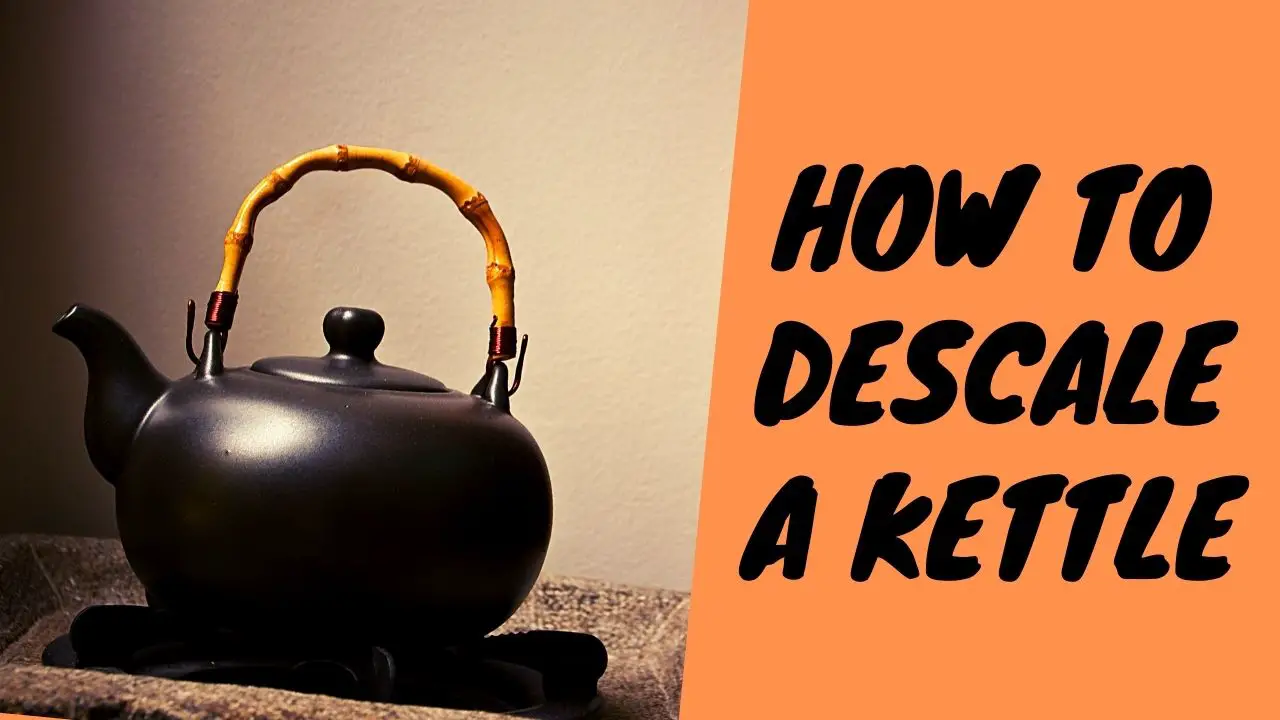
When someone asks how you’d prefer your morning cup of tea, you’d probably ask for milk and sugar in one variation or the other.
However, what you wouldn’t prefer instead of cubes of sugar are cubes of limescale.

When hot water evaporates and solidifies, a white and chalky substance called limescale is formed. Limescale makes the sight of tea unpleasant, it deteriorates the ability of a kettle to heat up quickly. Layers of deposits around the kettle’s heating elements waste more energy and you get soaring utility bills for a change.
Whether it’s a washing machine you own, a dishwasher running months on end, or a simple kettle that makes your precious coffee – taking care of them results in your needs being taken care of. Now is the time to make descaling your kettle every three months, a regular part of your maintenance routine.
How to prevent limescale buildups in your kettle, according to experts?
Dean Davis, a cleaning supervisor at Fantastic Services, suggests not boiling too much water,
“People tend to overfill the kettle with more water than they need, which they leave in the kettle after use. This is not a good practice and can lead to even faster accumulation of limescale.”
He also recommends cleaning the outside of a kettle ‘at least once a week’ and descaling it ‘once a month or every two months.
How to Descale your Kettle:
Descaling is so essential to caring for the kettle that you read about it everywhere. In an era where our time demands so much from our bodies, it is vital to have the tools sharp and ready to keep us prepared.
Outworking your kettle will soon have repercussions; reboiled tea that tastes dull, wasting those precious morning minutes before work because your kettle takes more time to heat up, and the list goes on. Descaling solves all those problems and keeps you level-headed when it matters.
Descaling with White Vinegar
“An easy way to descale your kettle is to reach for a couple of household products. Limescale can be dissolved easily with a mild acid.” – Dean Davies, Cleaning Supervisor at Fantastic Services.
Why Vinegar?
- Vinegar is cheap.
- The process is hassle-free.
- A natural method to descale.
- The acetic acid in vinegar is highly efficient at breaking down limescale deposits.
